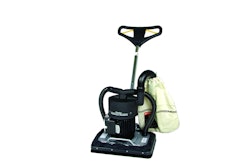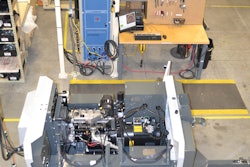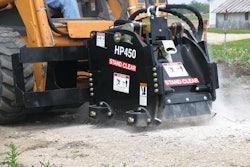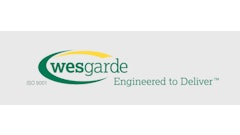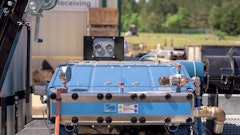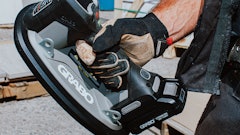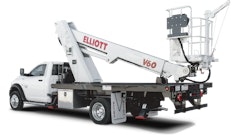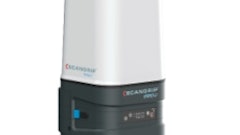
Dealing with rental rates in July 2014 is almost impossible to get accomplished and comfortable with. All companies that “rent” in some form or another have been through the recession and have had to deal with depressed rates and rejections to proposed and suggested rate increases. After you go through a period like that you become a little skittish about raising your rates to where they should be.
In my opinion, it's time to change the game and increase rates to where they belong.
Contractors now finally have some work - an actual backlog - and they need the equipment we have to rent. Better yet, the availability of rental equipment is tight, which means you can raise rates and not feel bad about it. So just do it and don’t blink if you get a funny look.
Now that we increased your rental revenues for the balance of 2014 and beyond, it's time for you to take steps to improve your bottom line and cash flow.
Do the following on a regular basis:
- Review your rates and check out the competition. Adjust as necessary.
- Be sure to collect enough in rents to cover your debt service, rental expenses (interest covered by debt service), admin expenses and profit. Review each class of equipment to ensure you are collecting enough, taking into account both time and dollar utilization.
- Minimize your rental fleet. Get rid of poor-performing assets. Keep units rent-ready. Fix or get rid of worn out units. Buy used units when you can.
- Make sure you are getting the most out of your rental system. Data is king (after cash flow). You are using a rental-specific rental system, aren’t you?
- Prepare your budget including a cash flow analysis, monthly. Compare your operating results against budget. Determine that you are cash flow positive (should be for at least 8-9 months a year).
- Keep up to date by reading the Rouse Report as well as industry economic reports. Pay special attention to the American Rental Association's Cost of Doing Business Report. Both reports give you the benchmarking data you need.
- Do not over depreciate your rental assets. Write them down to an orderly liquidation value after 60 months in the fleet. That should be about .83% per month of original cost.
- Know how to price the sale of used units. I suggest you get an annual equipment appraisal which will contain Fair Market Value (FMV), Orderly Liquidation Value (OLV) and Forced Liquidation Value (FLV). Use the OLV and a base selling price and push for FMV if you can get it.
- Make sure your financing meets your rental department needs. Term loans of 60 to 72 months are in order for most equipment. At 60 months the loan reduction is 1.67 percent of cost per month, which is obviously 20 percent per year. Your rental rate has to cover debt service, expenses and profit as noted earlier.
- Know your tax situation. The rental business and the IRS do not get along very well. Your tax planning can get very complicated. The same goes for state and local tax jurisdictions. Pay all your taxes because if you don’t, the interest and penalties will just about put you out of business.
- Last, do some marketing. Get a list of your customers ranked by rental volume for this year and the same period last year. I bet you haven’t “touched” two thirds of the list that rented last year and have yet to rent this year.




